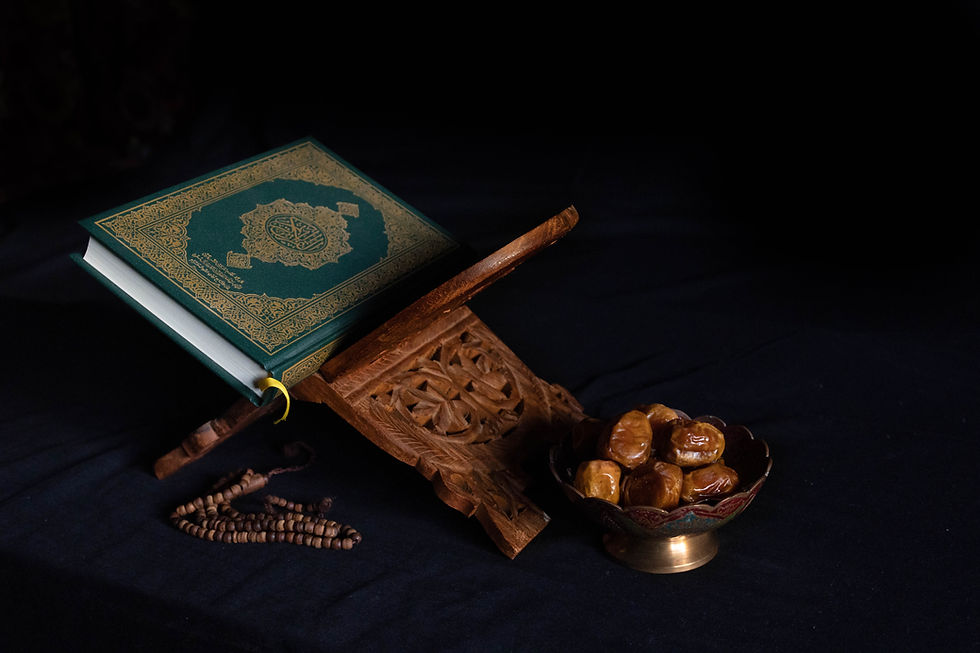Pseudo-Geber: Medieval Alchemy
- Sylvia Rose

- Jul 19, 2024
- 3 min read
Pseudo-Geber is a mysterious figure or collective identity linked to a corpus of alchemy texts from the late Middle Ages. The writings are initially ascribed to Jabir ibn Hayyan, or Geber, who lives c. 9th century AD during the Islamic Golden Age.

Referencing Geber seems an attempt to apply credibility and authority to the texts. He's highly respected in the field of alchemy and more. Pseudo-Geber covers a wide range of alchemical topics, including transmutation, the philosopher's stone, and the nature of matter.
Mention of the Philosopher's Stone is significant as the Islamic alchemists reject the idea by c. 9th century AD. It continues in the West even to the present day, if only in popular culture.

The appearance of Pseudo-Geber is ironic in that the existence of Geber, or Jabir ibn Hayyan, as an individual is dubious. Many scholars today attribute his mind-boggling proliferation of works to be produced by an anonymous group of Shi'ite practitioners.
Overall, the writings of Pseudo-Geber play a significant role in shaping medieval and later alchemical practices and theories. Scholars use these texts to unravel the complexities of medieval alchemy and its influence on later scientific developments.
The emergence of Pseudo-Geber's works raises questions about authorship, transmission of knowledge, and the cultural context in which these texts were produced. By studying the writings, researchers gain insights into the intellectual landscape of the medieval era.
Latin pseudo-Geber's most significant contribution is the Summa perfectionis magisterii ("The Height of the Perfection of Mastery"), written c. 1310. It's one of the earliest works to discuss aqua regia, concentrated nitric and hydrochloric acids able to dissolve gold.

The work also mentions aqua fortis or "strong water", nitric acid. This text has notable impact on alchemy and metallurgy in late medieval Europe, presenting experimental evidence of the corpuscular nature of matter, still referenced by chemists in the 17th century.
Discussion surrounding the reliance of the corpus on authentic Islamic sources has sparked significant scholarly debate within the field of alchemy. Scholars describe "new and original facts" seemingly divergent from traditional Islamic alchemical knowledge.

Pseudo-Geber refers to substances like nitric acid and aqua regia. Others include oil of vitriol (sulfuric acid). Its name comes from the appearance of dense oil, and it's derived from green vitriol or ferrus sulphate, which is used today to treat iron deficiency.
Sulfuric acid has a wide range of uses and cautions. It destroys the metals iron, aluminum, zinc, manganese, magnesium, and nickel. Lead, gold and tungsten are impervious. It bonds easily with water and is the cause of acid rain in modern times.
Khaos: Primal Goddess of Greek Myth

Another substance mentioned is silver nitrate, not commonly found in Islamic alchemical texts. Silver nitrate is an inorganic compound with chemical formula AgNO.
In the past, silver nitrate is also called lunar caustic, from ancient association of silver with the moon. The alchemical symbol for silver is a crescent moon ☽, which also means moon. The crescent can face either way.

The introduction of such elements raises questions about the origins and influences shaping the pseudo-Geber corpus. Researchers explore possible connections to external sources or the emergence of new alchemical practices within specific historical contexts.
Despite the claim of pseudo-Geber being "new and original" compared to medieval Islamic alchemy, some scholars consider (his) works directly derived from Islamic writers. Others believe them to be products of an "occidental" mind, although the writer can read Arabic.

Non-Fiction Books:
Fiction Books:
READ: Cult of the Fire God - Bronze Age Quest Adventure
READ: Lora Ley Adventures - Germanic Mythology Fiction Series
READ: Reiker For Hire - Victorian Detective Murder Mysteries



